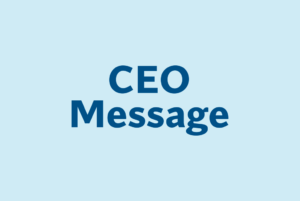On July 16, the 10-digit National Suicide Prevention Lifeline transitioned to 988 — an easy-to-remember three-digit number for 24/7 crisis care that allows individuals experiencing a suicide, mental health, or substance use crisis to call and chat, or text 988 to connect with a trained crisis counselor.
The lifeline is billed as an alternative to 911 for people experiencing mental health emergencies and is designed to make it simpler for people in crisis to tap into California’s network of 13 National Suicide Prevention Lifeline call centers.
In 2020, President Trump signed a bipartisan bill establishing 988 as a national number. Under the law, states also have the option to add new fees to phone lines in order to fund call centers and mental health crisis services, although California has not yet been successful in doing so. However, the architects of 988 envision the added funds from those fees, along with county, state, and federal investments, as an opportunity for expansive, national overhaul of the mental health delivery system that can help keep police out of the equation. While this system remains a vision at the moment, the state’s mental health leaders hope a blueprint for the project, including a means to fund it, can take shape in the coming year.
The Substance Abuse and Mental Health Services Administration (SAMHSA) has expanded its toolkit to assist hospitals and health care providers in promoting the lifeline. The toolkit includes key messages, fact sheets, public service announcements, downloadable wallet cards, posters, and other resources. SAMHSA also plans to add social media tools and make the print materials available for ordering from the SAMHSA store.
The 988 crisis line, which also links those in need to the Veterans Crisis Line, follows a three-year joint effort by the U.S. Department of Health and Human Services, Federal Communications Commission, and the U.S. Department of Veterans Affairs to put crisis care more in reach for people in need.



